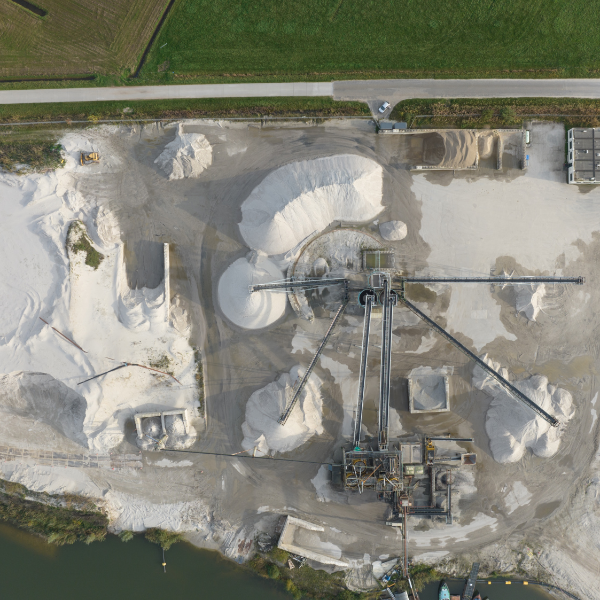Natural resource extraction positive for groundwater levels in high-lying areas with sandy soils

Natural resource extraction positive for groundwater levels in high-lying areas with sandy soils
Column by Leo van Wee
The Netherlands is facing a major housing challenge. Natural resources like clay, sand and gravel are still needed to build these homes. These natural resources are extracted along the rivers and in high-lying areas with sandy soils in the eastern Netherlands. The extraction process itself leads to the formation of open-pit lakes. Both the excavation and the final situation of such an open-pit lake affect the groundwater system.
In addition, we have the problem of climate change. During dry summers, there is a water shortage, which has an effect on the entire water system. As a result, groundwater levels are falling. In the future, this drought problem will only increase due to climate change, especially in high-lying areas with sandy soils where the problem is greatest at the moment. Climate change requires solutions that make the entire water more robust and more resistant to the weather extremes that occur. The Dutch government also acknowledges this in its letter to parliament concerning soil and water stewardship.
Research shows that not only does an open-pit lake make a positive contribution to a more robust water system, it also provides a possible solution to drought problems. This is because an excavated open-pit lake subdues the original groundwater fluctuations. As a result, the groundwater level in the summer period is structurally increased in the vicinity of the open-pit lake and lowered in the winter.
The natural environment and agriculture benefit in particular in the summer from the higher groundwater levels. Measurements at the Bakelse Plassen in Brabant confirmed this positive impact. However, it is possible that an excavation temporarily has a slight negative effect on the groundwater system, depending on how much groundwater is extracted from the soil.
To summarise, an open-pit lake leads to a win-win situation. It provides sand and gravel and also ensures higher groundwater levels in the summer, which is positive for the natural environment and agriculture.